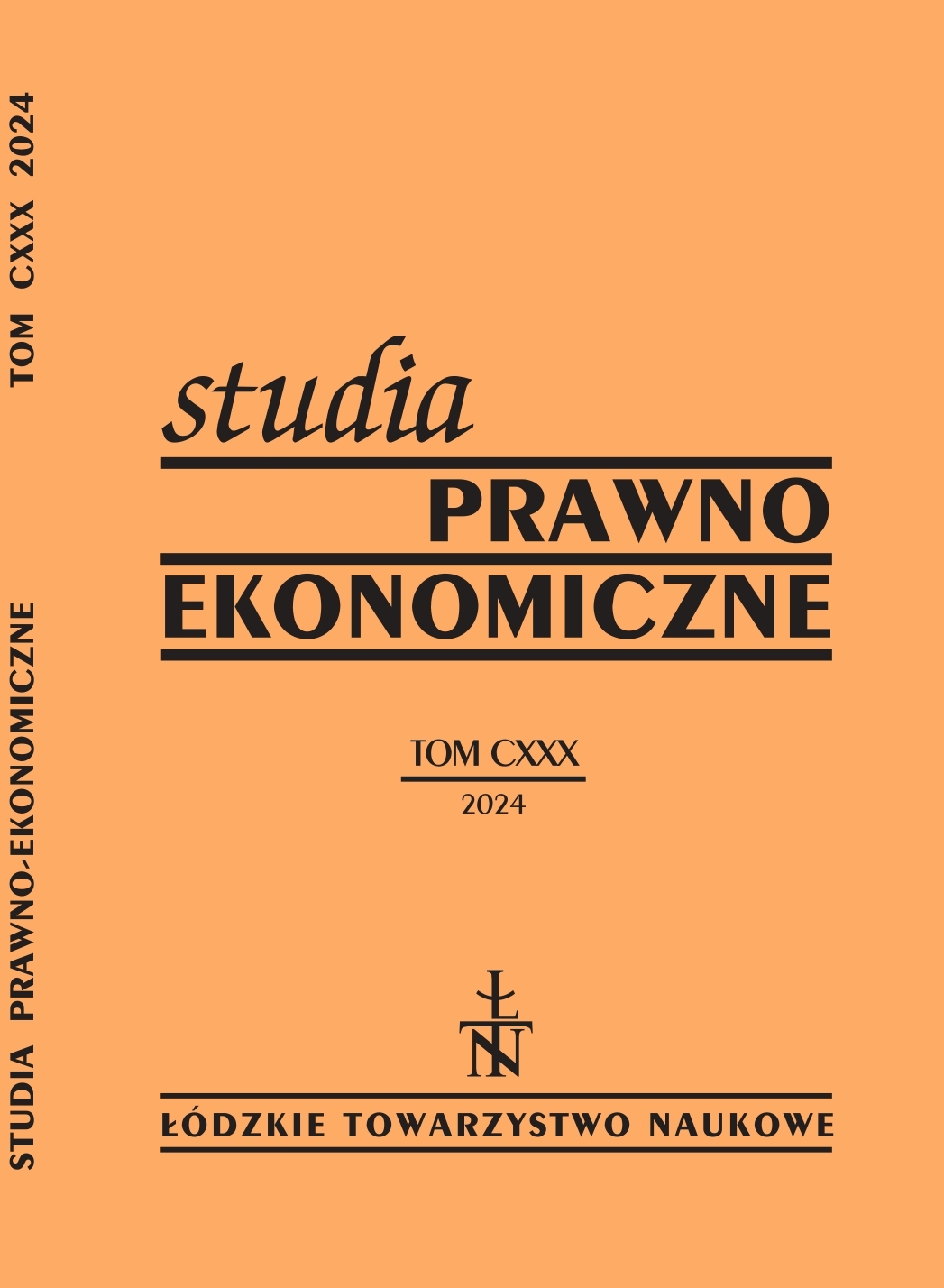Are non-cash payments the solution to limit the size of the shadow economy?
Are non-cash payments the solution to limit the size of the shadow economy?
Author(s): Anna Kowal-Pawul, Wojciech LichotaSubject(s): National Economy, Public Law, Fiscal Politics / Budgeting, Socio-Economic Research
Published by: Łódzkie Towarzystwo Naukowe
Keywords: shadow economy; cashless payments; tax gap;
Summary/Abstract: Background:The research available in the literature shows that cash payments significantly determine the development of the shadow economy. In Poland, the size of the unobservable economy poses a challenge to the political and financial security of the state. The legislator is introducing solutions using digital technology and artificial intelligence (e.g., SAF-T, online cash registers, STIR, structured e-invoices) aimed at reducing activity in the shadow economy, which accounts for a significant part of the tax gap. As there is a large percentage of cash payments, these tools are not able to reduce its size significantly. Thus, it is necessary to promote and increase the number of non-cash payments, which should improve the analytical and control capabilities of tax services.1 Research purpose: The purpose of the article is to identify the main causes of the shadow economy and how cash circulation contributes to it. The article ascertains whether the development of non-cash payments (increasing their number, value and share in the total value of transactions made) contributes to reducing the size of the shadow economy. The research goal has been achieved. However, despite the growth of non-cash settlements, the shadow economy has been growing steadily since 2020. The factors for its growth should be sought outside the sphere of payments. Methods: The research was based on a search of the literature on the unobservable economy, its essence and main causes, and the paper cites research on reducing the shadow economy by promoting cashless payments. Data on non-cash payments in Poland – their number, value and share in the total value of transactions made – are presented and interpreted. They are juxtaposed with data on the level of the shadow economy in Poland. The paper is mainly supported by analysis of industry reports and data from the National Bank of Poland and the IPAG Institute Foundation. Conclusions: Despite the increasing popularity of cashless payments in Poland, the size of the shadow economy has been growing steadily since 2020. This is mainly influenced by the deteriorating economy, which is a result of the COVID-19 pandemic and the war in Ukraine. In Poland, a large proportion of payments are still made in cash, which still provides ample room for hiding all or part of the business, especially during the economic crisis. It is recommended that cashless payments continue to be promoted along with the digitization of tax settlements.
Journal: Studia Prawno-Ekonomiczne
- Issue Year: 2024
- Issue No: 130
- Page Range: 127-143
- Page Count: 17
- Language: English

